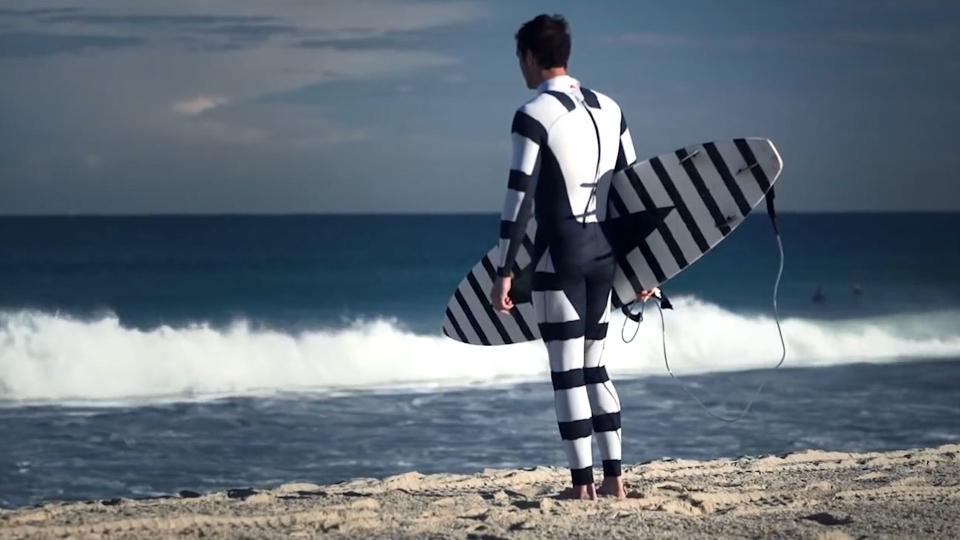This high school kid taught himself to be an AI wizard

If you're deep into the world of artificial intelligence, you certainly know Kaggle, the Google Cloud-owned platform where AI coders compete on projects, often with financial rewards for the winning solutions.
The platform recently passed 1 million members, a testament to what a hotbed the field of AI is. High up on the leaderboard is Mikel Bober-Irizar. He's currently No. 84 in competitions and No. 2 among "Kernel Masters." He's entered 39 competitions over the past year, recently placing second in a contest to develop an algorithm that can detect duplicate ads on the same platform.
SEE ALSO: What Elon Musk and Mark Zuckerberg both get wrong about AI
With his skill, enthusiasm, and cooperative attitude within the community, Mikel is very much the template of a rising star in the Kaggle and greater AI communities. Except for one thing: Mikel is just 16 years old.
More incredibly, Mikel's programming skills in machine learning and AI are almost completely self-taught — there are no courses on building AI-powered systems at his high school in Guildford, just outside of London. He spent big chunks of the last couple of years researching AI and machine learning on the internet, reading articles and watching videos.
"There are lots of free courses online, but I actually didn't take courses. When I had a big problem I wanted to solve, I would just Google around and try to find out about it, so I didn't follow any predefined track. I read about Kaggle online, and I thought, 'Why not try it?'"
Mikel didn't waste any time putting his mind to work on Kaggle, where he describes himself as a "16yo decision-tree hugger. I love data, and I love a challenge."
After entering various competitions over several months and slowly placing higher and higher, Mikel helped create an algorithm for using computer vision to analyze 8 million YouTube videos to create accurate tags. His team ended up 7th out of 650 teams. That got the attention of Google, who asked Mikel to present his work with his team at the 2017 Conference on Computer Vision and Pattern Recognition, a prestigious conference on computer vision that was held this week in Hawaii.

Image: Kaggle
The project's goal was to use AI and machine learning to scan YouTube videos and decide which tags should be on which videos. It's straightforward but also a very challenging technical computer-vision problem, since the program will need to understand what's in the videos and the context to pick the right tags. This kind of tagging is hard enough on photos (as Google and Facebook can attest), but video is an even bigger challenge due to the lack of public datasets that programmers can use to train AI.
"We wrote our own neural networks," explains Mikel. "They provide a set of training videos, and you use that to train an algorithm that can then say on a new video, 'Oh this is Tag B'.... It's quite a lot of computation — the dataset itself was 8TB. That was a challenge."
Mikel would love to go on to a career in AI, though he first needs to graduate high school, let alone a university program. His dream schools: MIT, Berkeley, and Cambridge. And he's self-aware enough to know that, although he has aptitude and skills, there's still a lot he doesn't know about AI.
"I don't know all the math behind the algorithms, but in terms of actually using it, I think it's much more important to have a logical understanding of how it works. Even if I can't write it from scratch, I still know what it does, and that helps me to understand where it might be useful."
WATCH: This wetsuit could protect you from sharks


 Yahoo News
Yahoo News 
